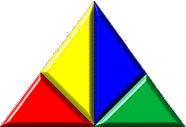
How to Put Together a Flow Form Type Kite
This method can be used in just about all flowform type kites. I just found this to be the easiest way to put one together. I made a quarter scale model in about 4 hours.
So if you like the design build one and if you don't like it you can still use the same technique in putting it all together.
You can do the bottom of the kite in four pieces or eight, but I am
showing you how to do it an easier way and a much quicker way with
four.

Here is the cutting diagram.
The bottom pieces Labeled "Make 4" have a line drawn down the
middle of each piece to attach an upright that does not have a keel to
contend with.
Shown here are the top and bottom(face) shown in single width and double width.

Here is the top piece. I use white cloth for two reasons. First,
you don't get any color distortion from light coming through the top
and Second, you can see through it while sewing the uprights to it.
Notice the red lines, they are where you sew an upright that is also
connected to a keel.
| 11 3/4" | 11 1/2" | 11 1/2" | 11 1/2" | 11 1/2" | 11 1/2" | 11 1/2" | 11 3/4" |
Remember there are no seam alowences when you
make a single piece top. For example, if the face pieces are a foot
across the lines on the single piece top would be 11 1/2 inches apart.
The two out side measurements would be a 1/4 inch bigger to allow for
the top being sewn to the sides. Let me illustrate.

The first thing to do is on all exposed edges make a ¼ inch hem. In this size of kite you might even do a rolled hem. The exposed hems are:
- Leading edge of bottom pieces.
- Leading edge of the top piece.
- Leading edge of uprights.
- Leading and bottom edge of the keels.
This will make the edges stronger and also make them frey resistant.
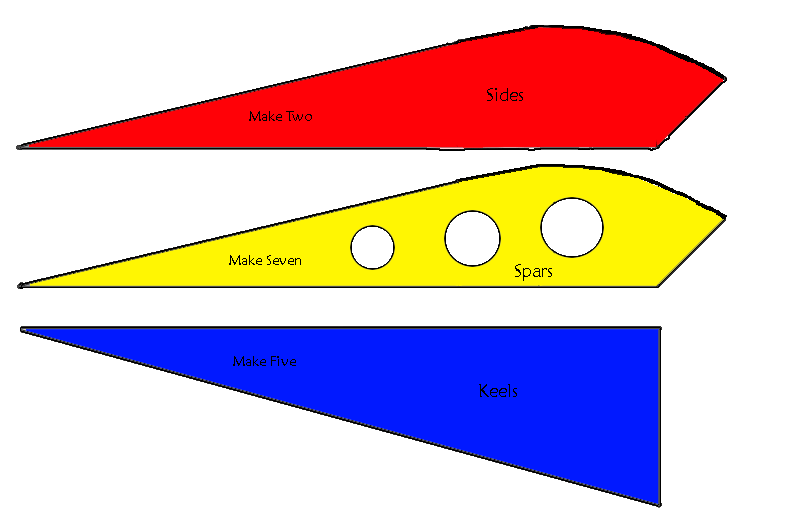
Cut three slits or circles in the middle seven uprights. Do not cut any openings in the
two outside uprights.
Now sew the uprights to the middle of each bottom piece.

Attach the upright by sewing along the line and let the upright
overlap the line by ¼ inch. You can decide which piece to have on top
as you sew depending on the colors. Some are easier to see through
while sewing.
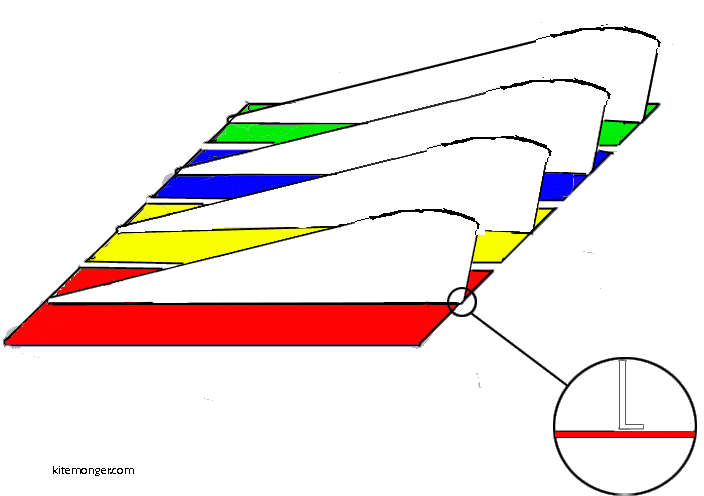
Attach the first keel along with an upright to the first bottom
piece. Notice the color code that show how to lay out the fabric to
keep all the seams on the inside of the kite.
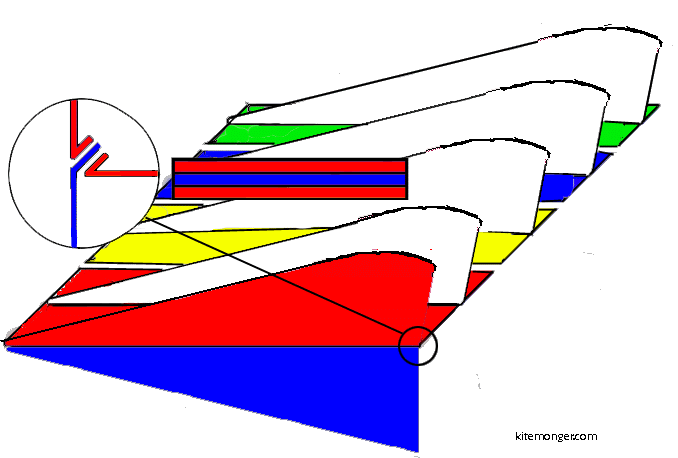
Here is a layout diagram for this seam in which you are sewing
four pieces together. Notice the color coding again to get the seams on
the inside.
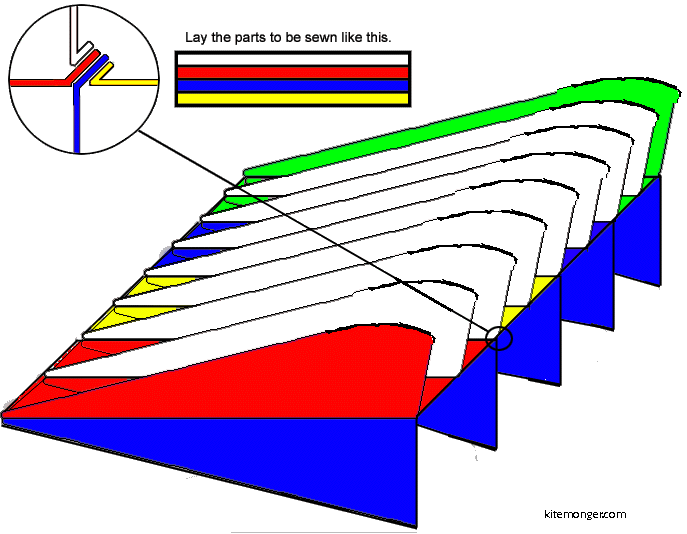
As you sew the top on, make sure you sew along the line. Notice
how easy it is to see through the fabric. It is pretty easy to eye up a
¼ inch overlap.

The last seam is pretty easy as well. The only hassle is you
must roll up the entire kite into the last cell and sew the last seam.
(I was told this is called a burrito roll in the sewing circle).

After you turn the kite right side out, this detail shows that the last seam
will be on the inside of the kite. 
After the kite top is on, I even up the trailing edge and do any trimming to even it up. Then I roll a ¼ inch hem in both the top and bottom trailing edge and stitch it down. I leave about six inches open in the center of the trailing edge to let some air escape.
To finish off the kite, I sew some ½ inch webbing on each keel as shown.
You can also attach some webbing loops to the back of the kite for attaching tails or spinsock etc.
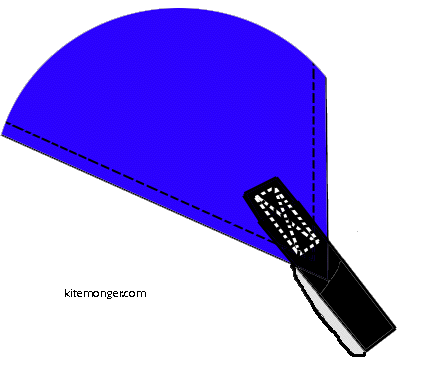
Remember this is my first attempt at illustrating this plan. I am open to any ideas on better ways to show this always. I hope this helps you with all your flowform building.
(More Plans) All illustrations created in Photoshop by Kevin Nickel of Kitemonger.